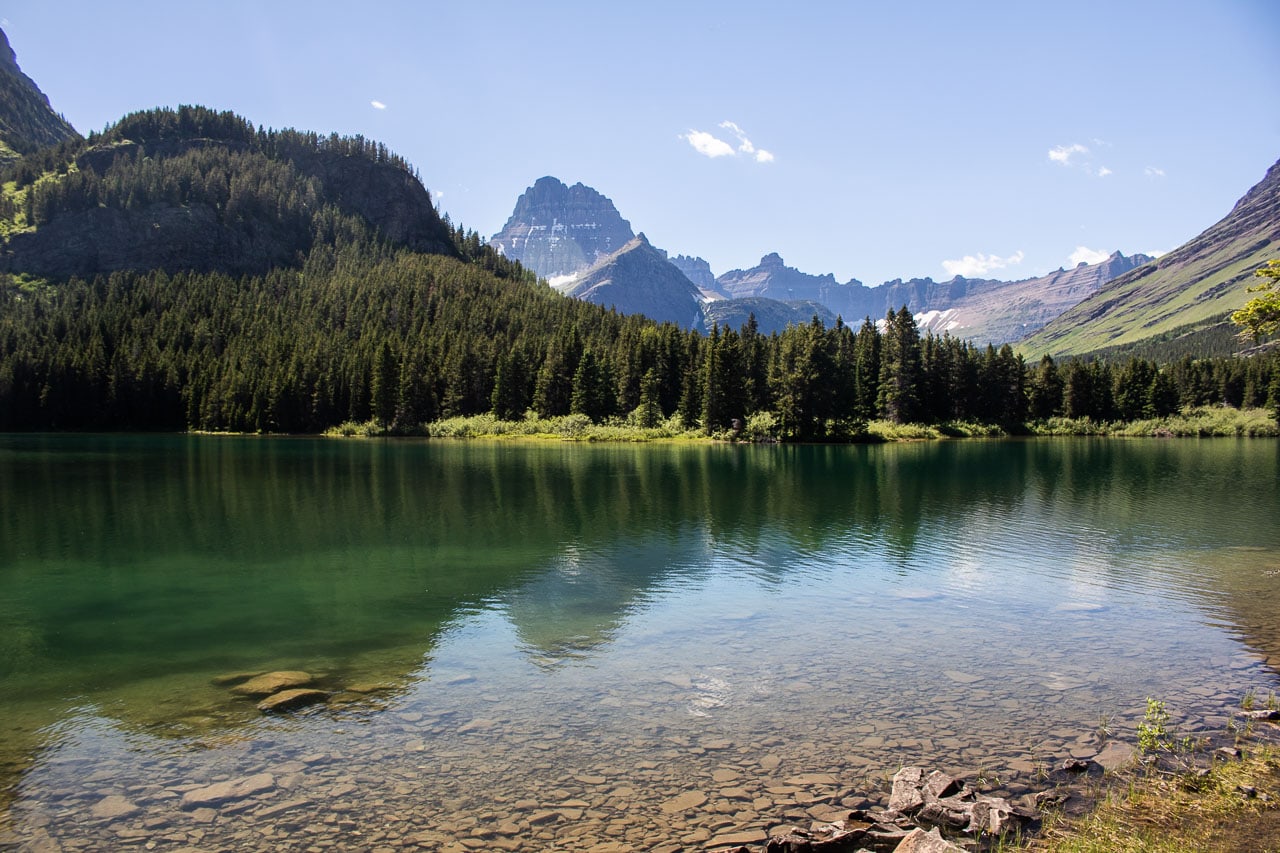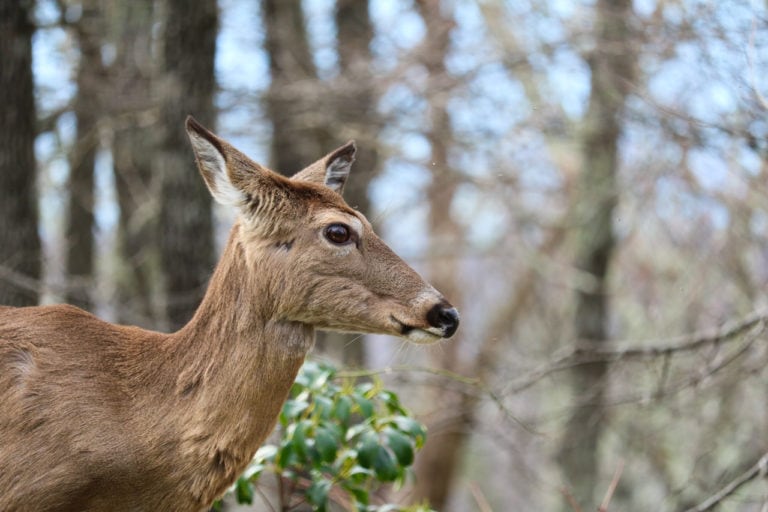These 14 National Parks Are Also UNESCO World Heritage Sites
When the United States government created Yellowstone National Park in 1872, it kickstarted a global movement to protect and preserve natural places as national treasures.
Exactly a century later, during the Nixon administration in 1972, the United States was the driving force behind the World Heritage Convention. It was also the first country to sign and ratify it.
The World Heritage Convention, a Global Extension of the American National Park Idea
Arguably the most universally accepted international conservation treaty in history, the World Heritage Convention is effectively “the American national park idea being carried out worldwide”, as the National Park Service puts it.
“The most significant feature of the 1972 World Heritage Convention is that it links together in a single document the concepts of nature conservation and the preservation of cultural properties. The Convention recognizes the way in which people interact with nature, and the fundamental need to preserve the balance between the two.”
– UNESCO
Countries that are members of the World Heritage Convention can nominate their sites that have “superlative natural or cultural attributes.”
The first year properties were inscribed on the World Heritage list was 1978. Since then, many of the most famous sites in the United States have been nominated for prestigious UNESCO World Heritage status, as well as some less-known places.
So far, 25 sites across the United States have been accepted and included in the UNESCO World Heritage list.
The majority of those are U.S. national parks, protected for their outstanding natural and/cultural features of international significance. Out of those 25 UNESCO World Heritage Sites in America, only six are not managed by the National Park Service.
Explore UNESCO World Heritage at These 14 National Parks
No fewer than fourteen national parks are also UNESCO World Heritage Sites.
Two of them—Glacier Bay and Wrangell-St. Elias —are part of the same UNESCO World Heritage Site. This puts the total of American World Heritage Sites that include national parks at thirteen.
Five National Park Service sites with designations other than “national park” also enjoy additional protection as World Heritage. I’ve provided a brief overview of those at the end of this article.
Now, let’s take a look at the fourteen UNESCO World Heritage national parks in America.
These incredible parks include some of the nation’s most iconic places, such as the Grand Canyon and Yellowstone, while perhaps-less-famous parks like Carlsbad Caverns and Mesa Verde also have fascinating features of global importance.
Disclaimer: All quoted descriptions of the UNESCO World Heritage national parks below are shared from the World Heritage Centre website under the license CC-BY-SA IGO 3.0. They are verbatim and unchanged, except for the addition of imperial measurements along with the original metric measurements.
A link to each individual site’s webpage provides more detailed information about its characteristics and “outstanding universal value.”
Carlsbad Caverns National Park, New Mexico
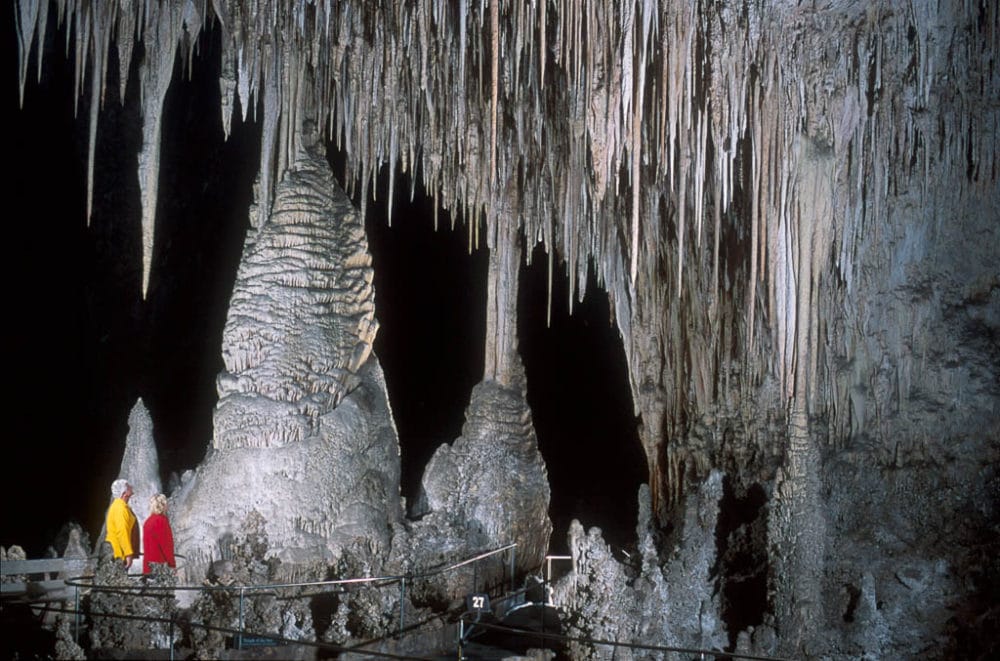
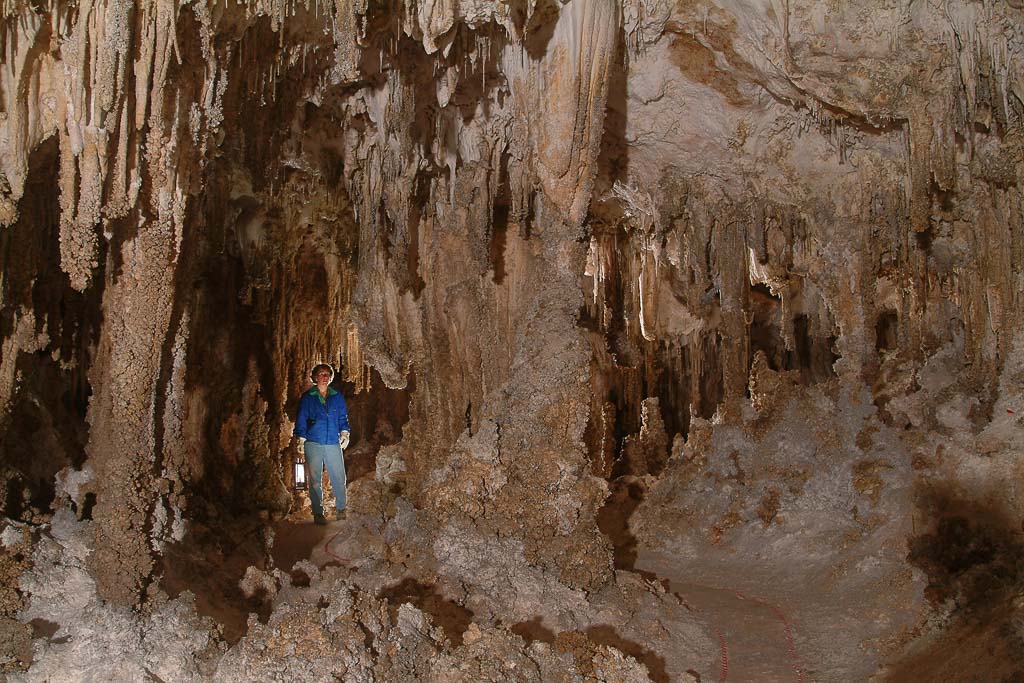
World Heritage Centre description of Carlsbad Caverns National Park:
“This karst landscape in the state of New Mexico comprises over 80 recognized caves. They are outstanding not only for their size but also for the profusion, diversity and beauty of their mineral formations. Lechuguilla Cave stands out from the others, providing an underground laboratory where geological and biological processes can be studied in a pristine setting.”
Everglades National Park, Florida

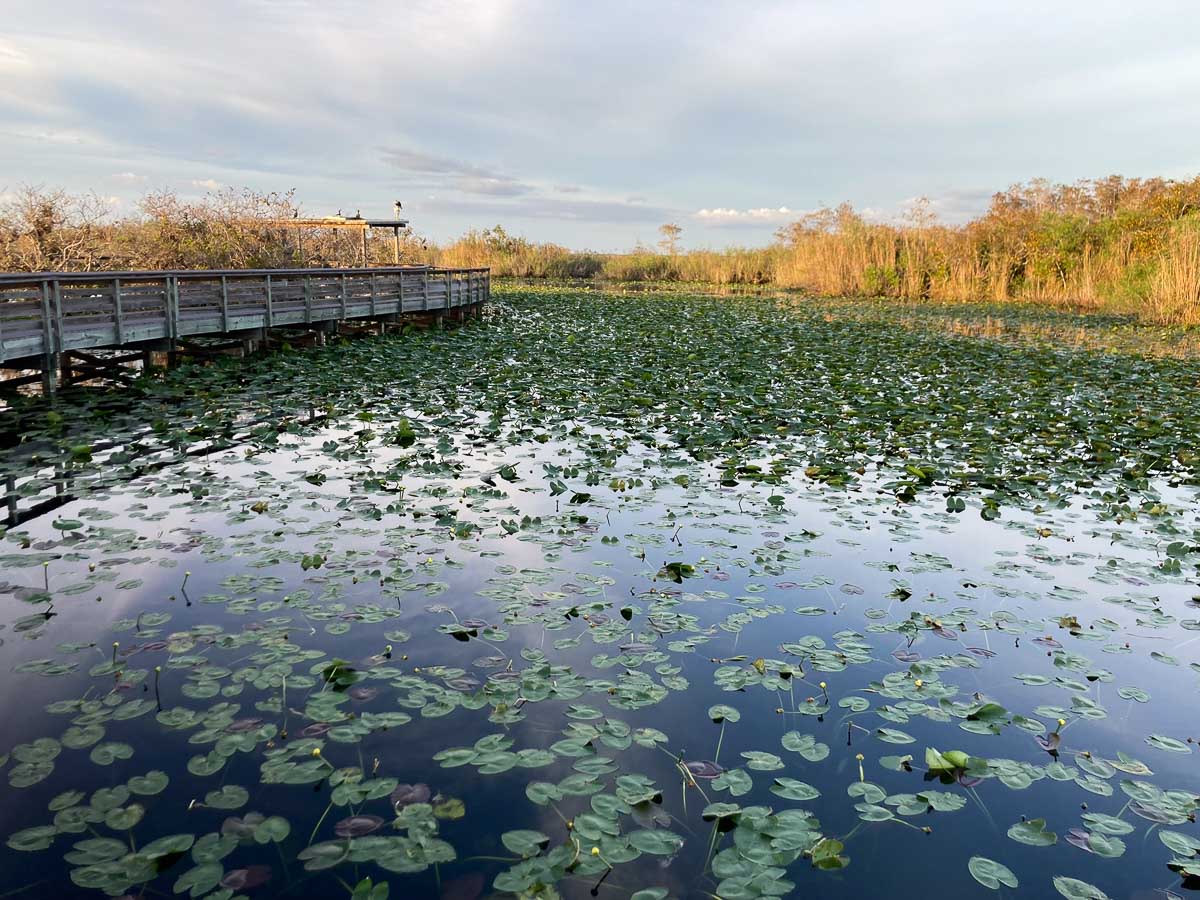
World Heritage Centre description of Everglades National Park:
“This site at the southern tip of Florida has been called ‘a river of grass flowing imperceptibly from the hinterland into the sea.’ The exceptional variety of its water habitats has made it a sanctuary for a large number of birds and reptiles, as well as for threatened species such as the manatee.”
Glacier National Park, Montana
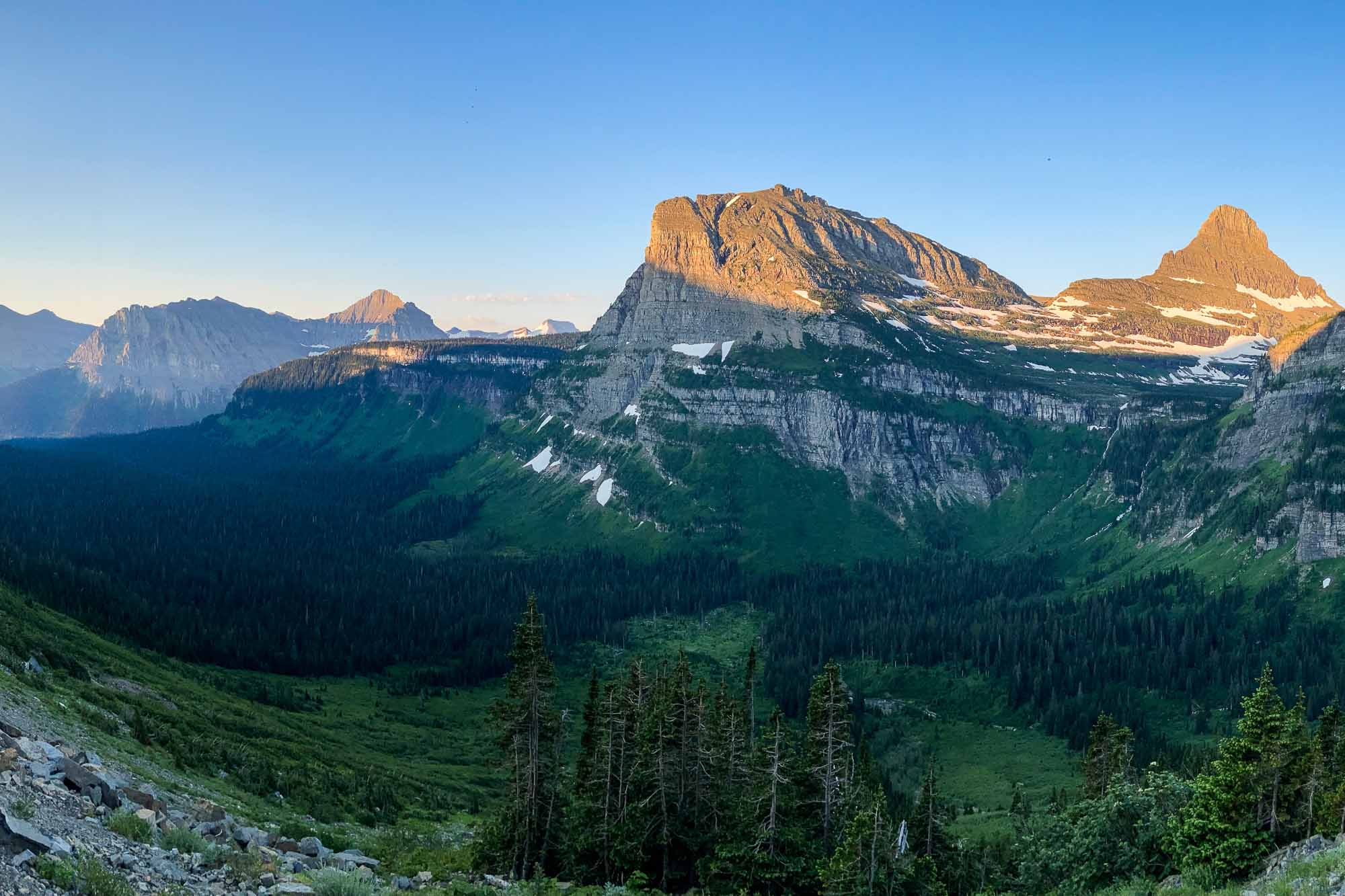
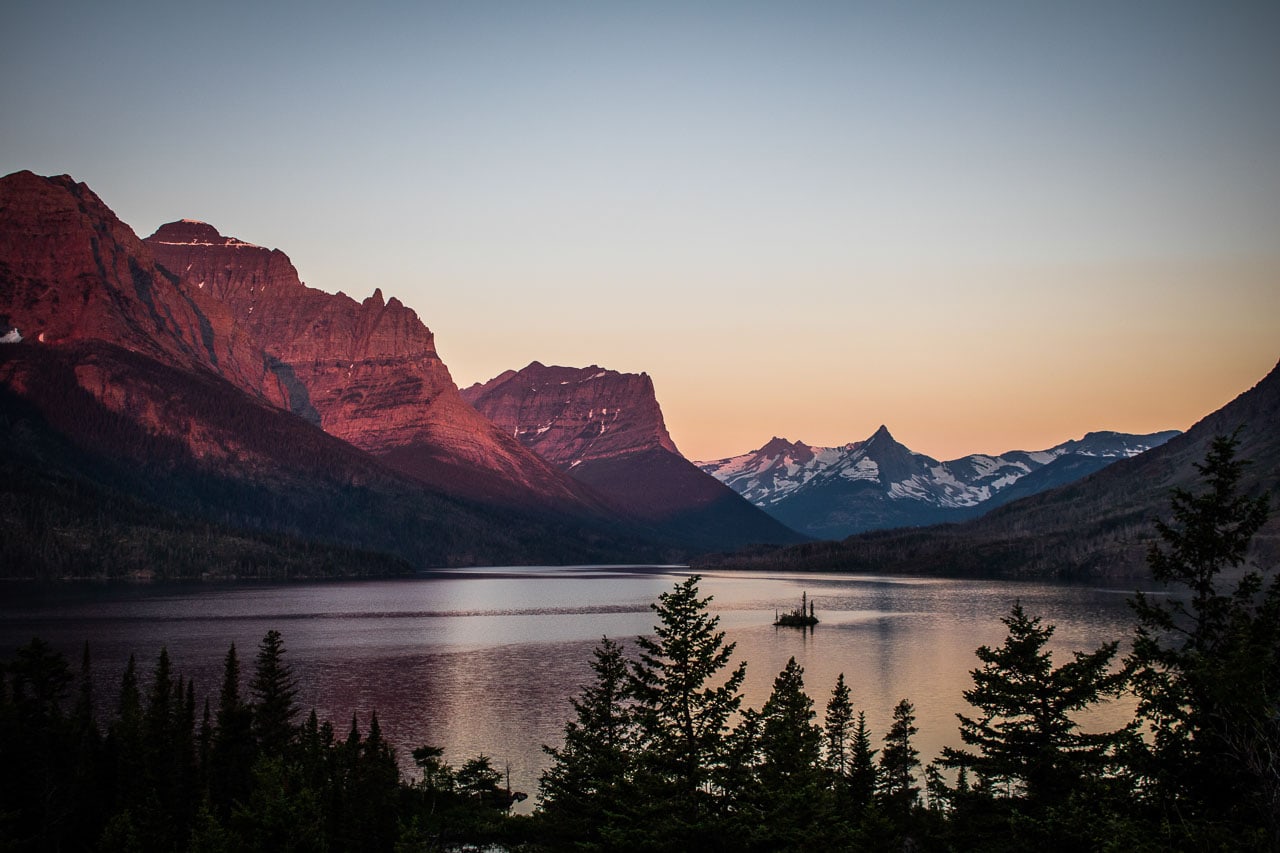
World Heritage Centre description of Waterton Lakes and Glacier National Park:
“In 1932 Waterton Lakes National Park (Alberta, Canada) was combined with the Glacier National Park (Montana, United States) to form the world’s first International Peace Park. Situated on the border between the two countries and offering outstanding scenery, the park is exceptionally rich in plant and mammal species as well as prairie, forest, and alpine and glacial features.”
Glacier Bay National Park, Alaska
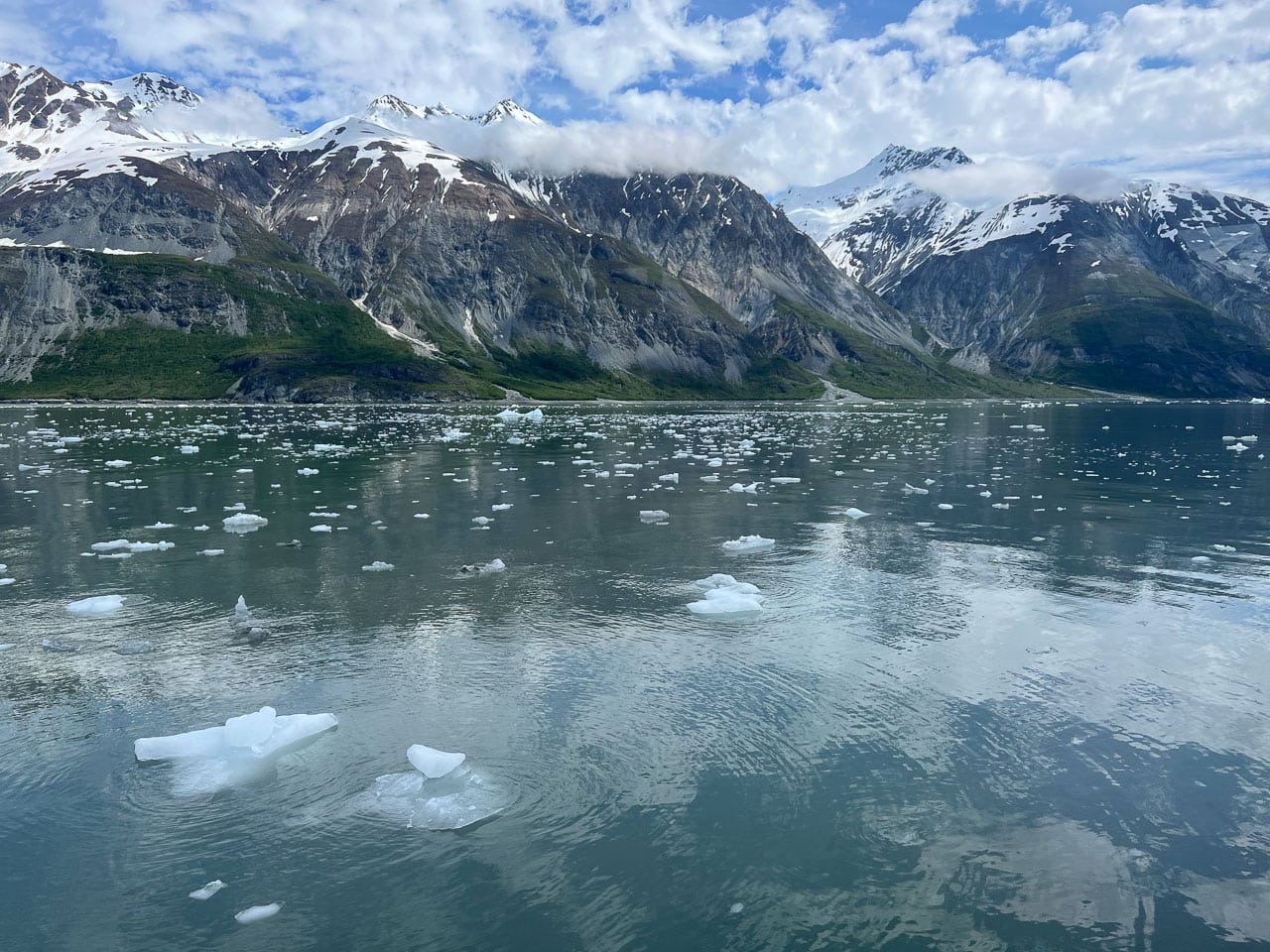
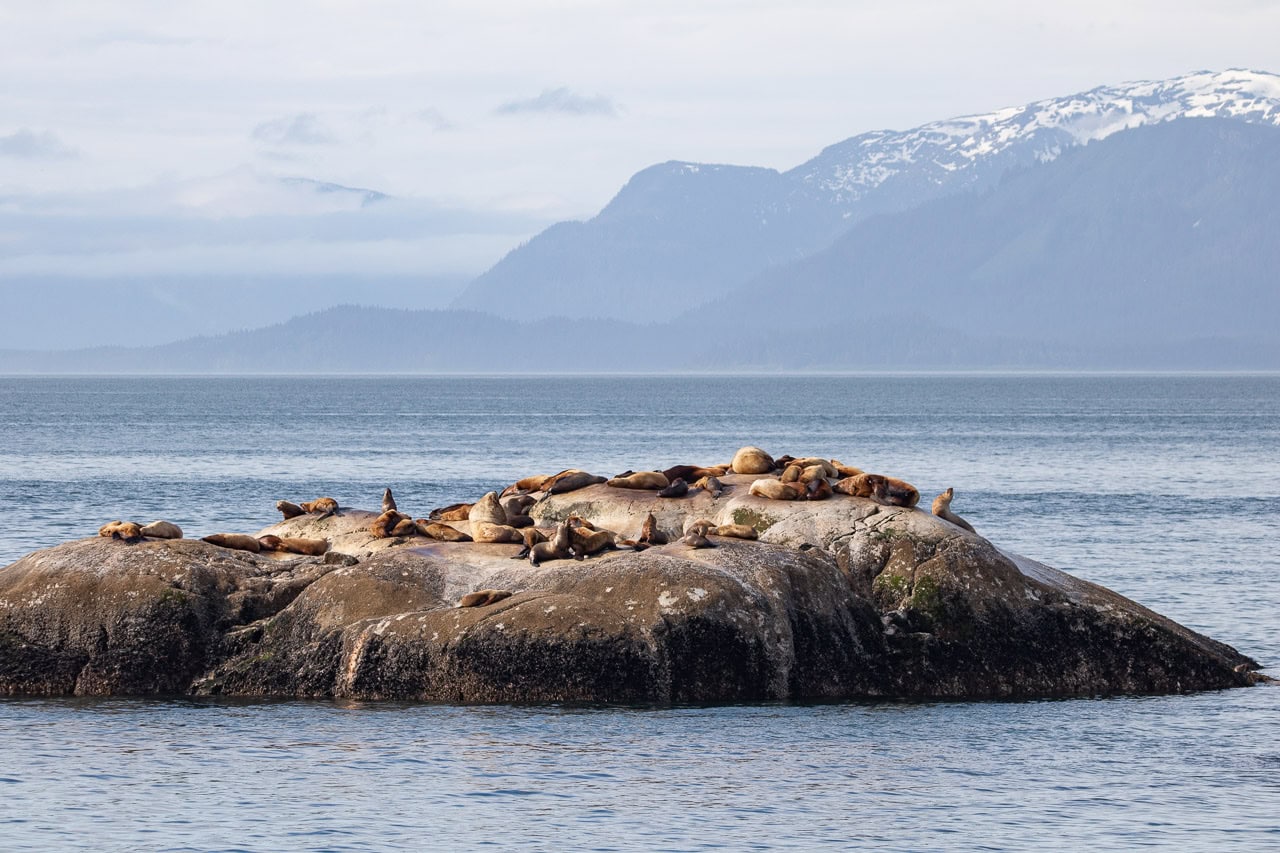
World Heritage Centre description of Kluane / Wrangell-St. Elias / Glacier Bay / Tatshenshini-Alsek:
“These parks [Kluane, Wrangell-St. Elias, Glacier Bay and Tatshenshini-Alsek] comprise an impressive complex of glaciers and high peaks on both sides of the border between Canada (Yukon Territory and British Columbia) and the United States (Alaska). The spectacular natural landscapes are home to many grizzly bears, caribou and Dall’s sheep. The site contains the largest non-polar icefield in the world.”
Grand Canyon National Park, Arizona
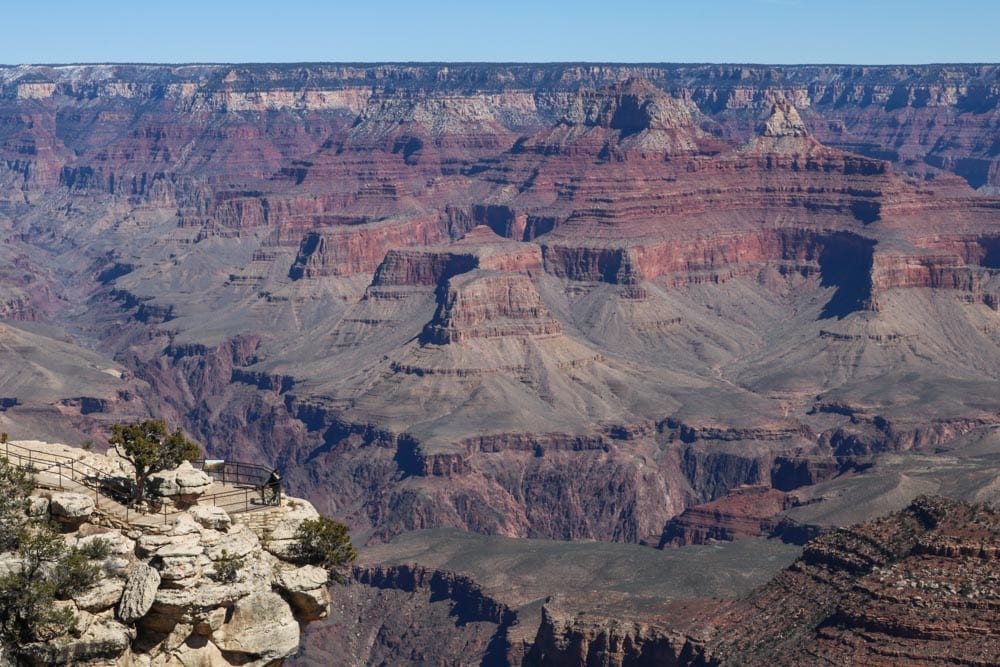
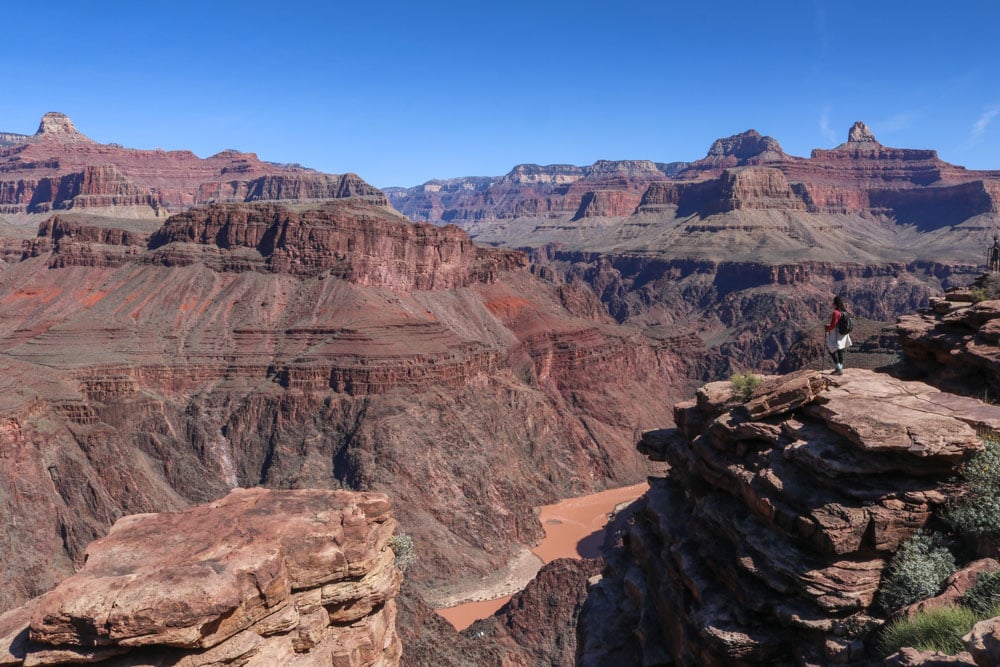
World Heritage Centre description of Grand Canyon National Park:
“Carved out by the Colorado River, the Grand Canyon (nearly 1,500 m [5,000 feet] deep) is the most spectacular gorge in the world. Located in the state of Arizona, it cuts across the Grand Canyon National Park. Its horizontal strata retrace the geological history of the past 2 billion years. There are also prehistoric traces of human adaptation to a particularly harsh environment.”
Great Smoky Mountains National Park, North Carolina and Tennessee
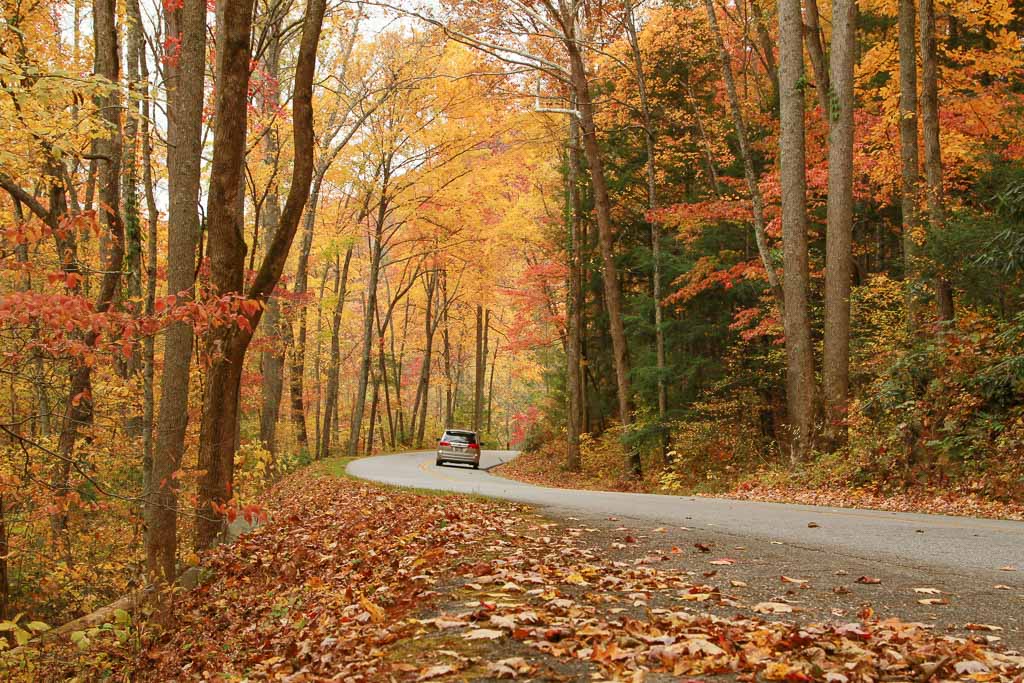
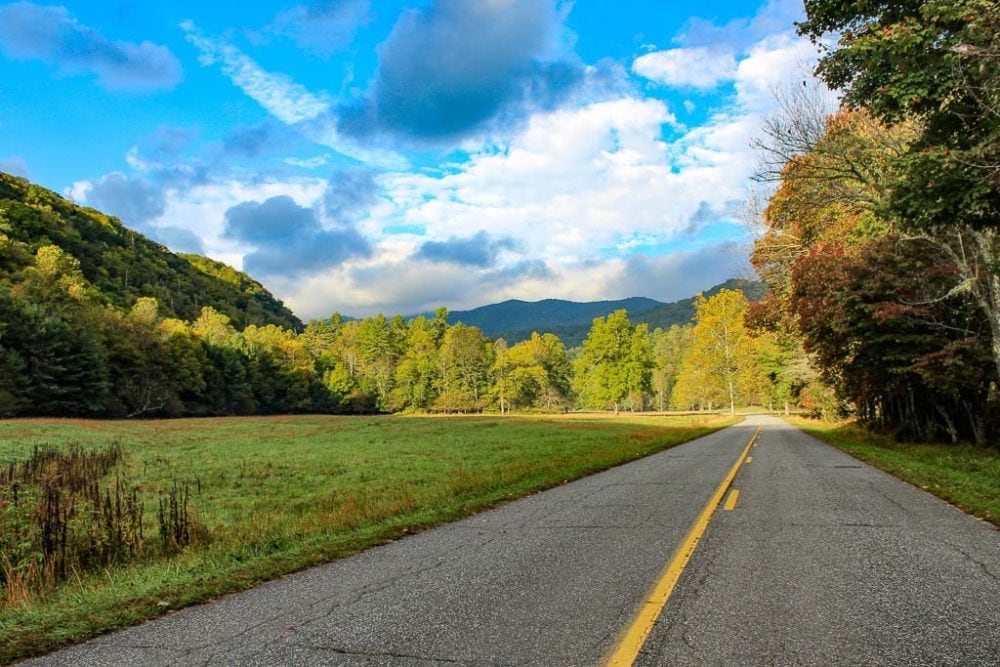
World Heritage Centre description of Great Smoky Mountains National Park:
“Stretching over more than 200,000 ha [770 square miles], this exceptionally beautiful park is home to more than 3,500 plant species, including almost as many trees (130 natural species) as in all of Europe. ”
“Many endangered animal species are also found there, including what is probably the greatest variety of salamanders in the world. Since the park is relatively untouched, it gives an idea of temperate flora before the influence of humankind.”
Hawai’i Volcanoes National Park, Hawaii

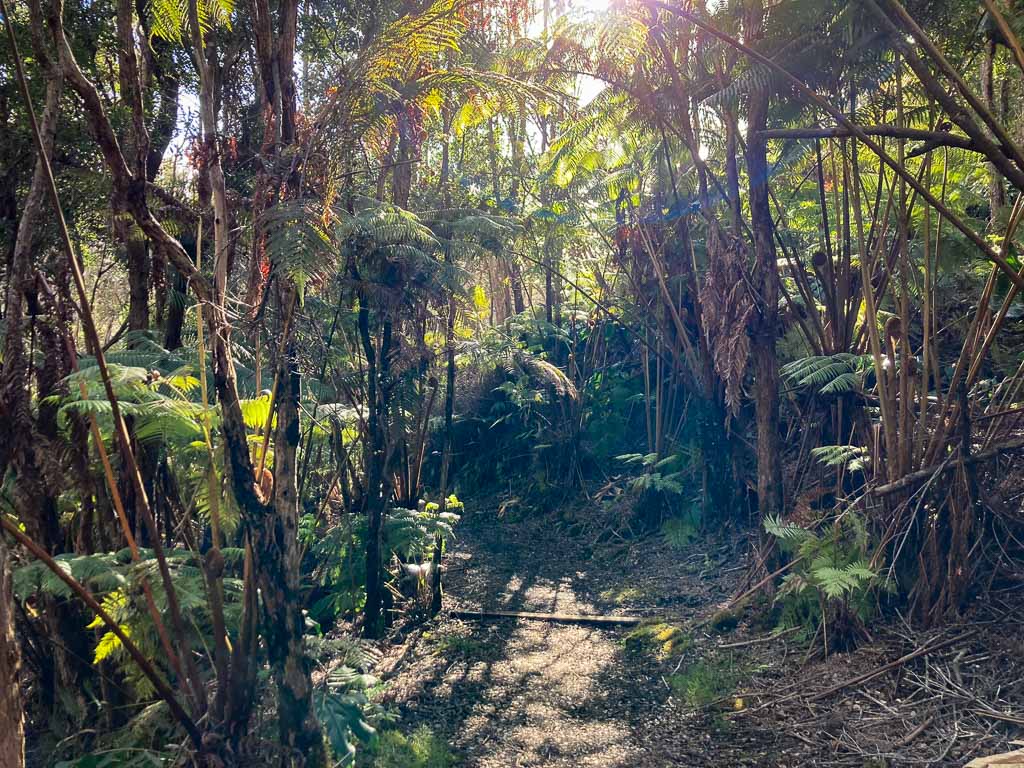
World Heritage Centre description of Hawai’i Volcanoes National Park:
“This site contains two of the most active volcanoes in the world, Mauna Loa (4,170 m [13,678 feet] high) and Kilauea (1,250 m [4,091 feet] high), both of which tower over the Pacific Ocean. Volcanic eruptions have created a constantly changing landscape, and the lava flows reveal surprising geological formations. Rare birds and endemic species can be found there, as well as forests of giant ferns.”
Mammoth Cave National Park, Kentucky
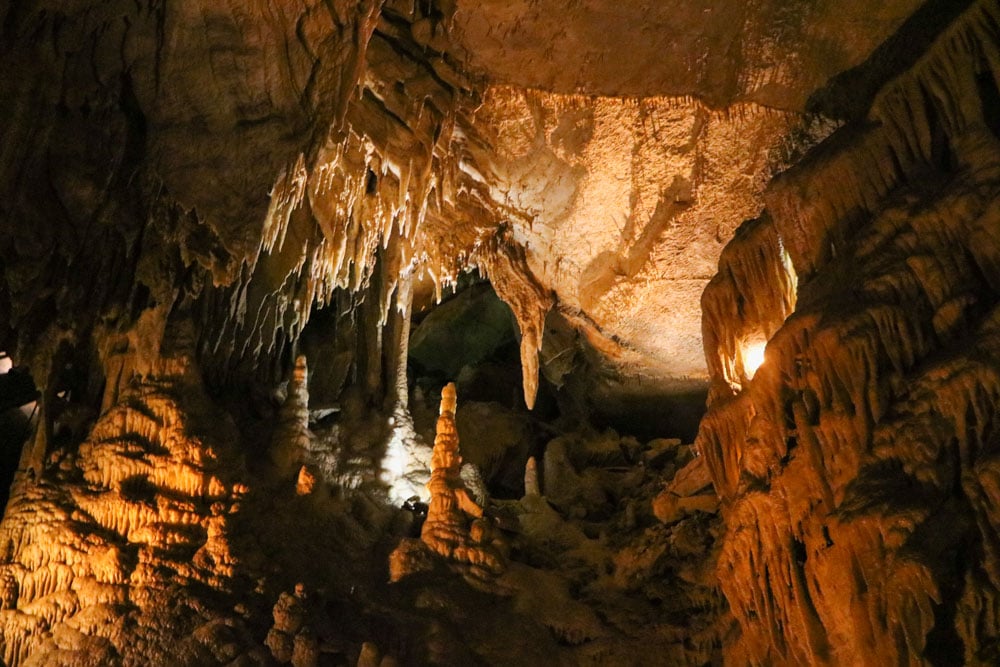
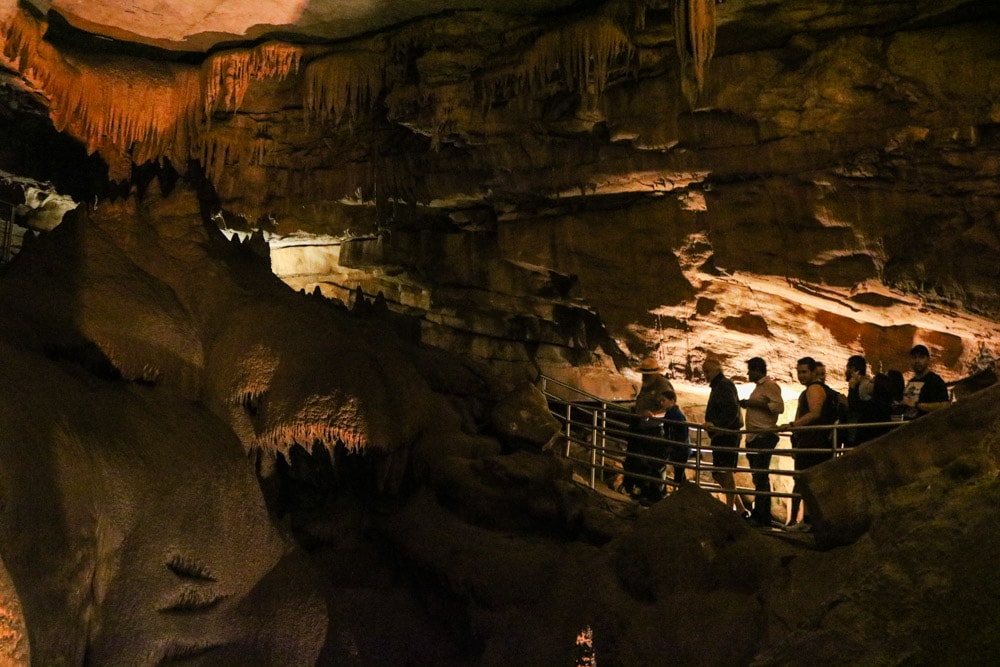
World Heritage Centre description of Mammoth Cave National Park:
“Mammoth Cave National Park, located in the state of Kentucky, has the world’s largest network of natural caves and underground passageways, which are characteristic examples of limestone formations. The park and its underground network of more than 560 surveyed km [350 miles] of passageways are home to a varied flora and fauna, including a number of endangered species.”
Mesa Verde National Park, Colorado
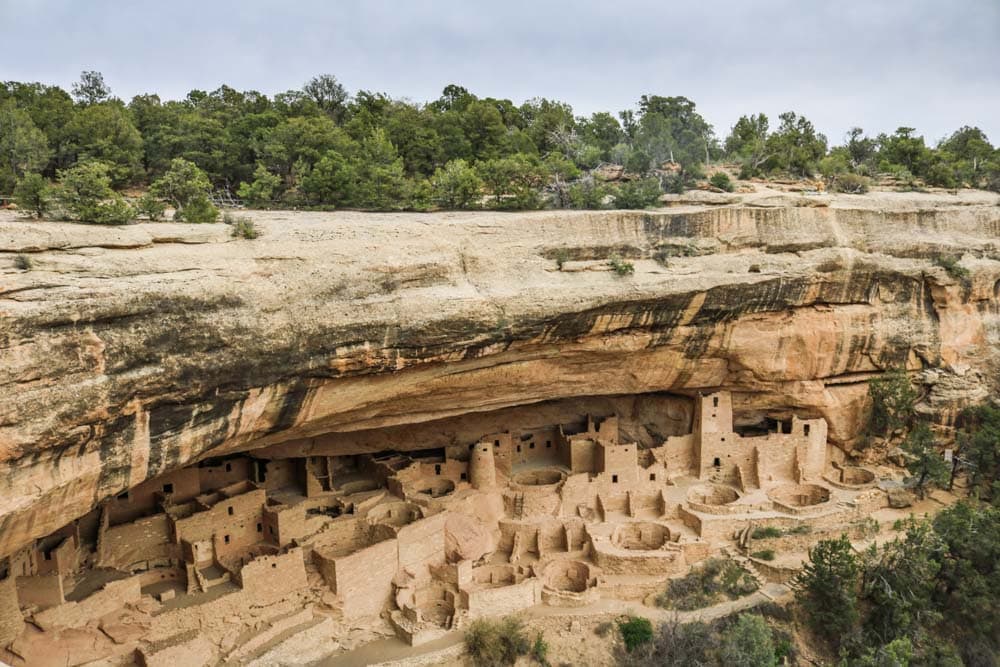
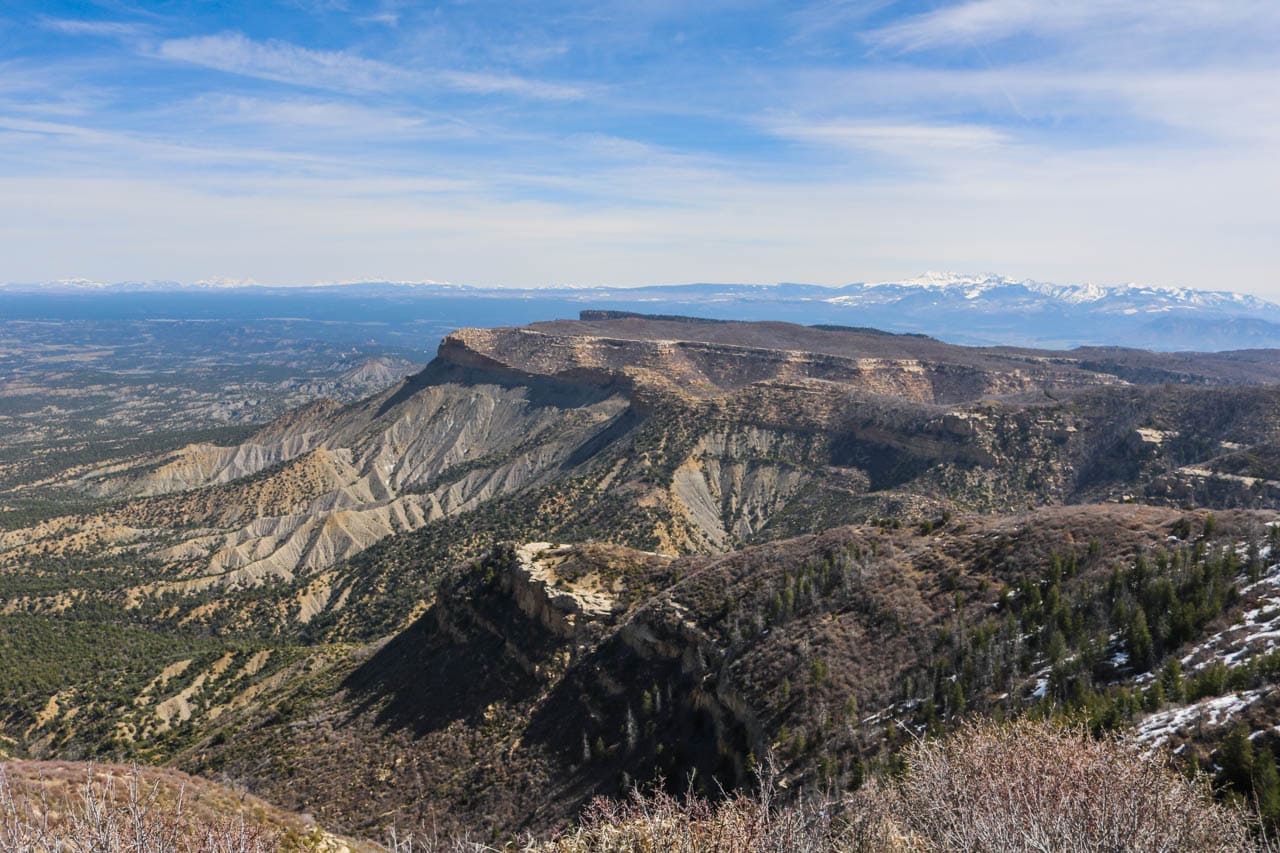
World Heritage Centre description of Mesa Verde National Park:
“A great concentration of ancestral Pueblo Indian dwellings, built from the 6th to the 12th century, can be found on the Mesa Verde plateau in south-west Colorado at an altitude of more than 2,600 m [8,530 feet]. Some 4,400 sites have been recorded, including villages built on the Mesa top. There are also imposing cliff dwellings, built of stone and comprising more than 100 rooms.”
Olympic National Park, Washington
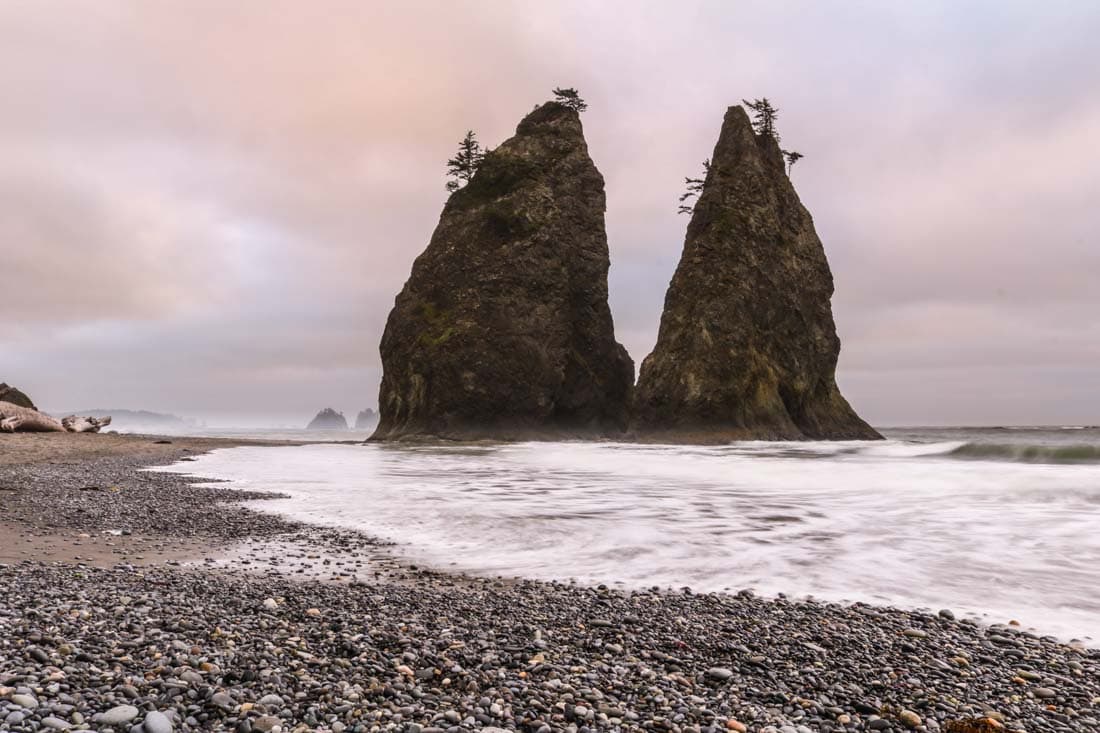
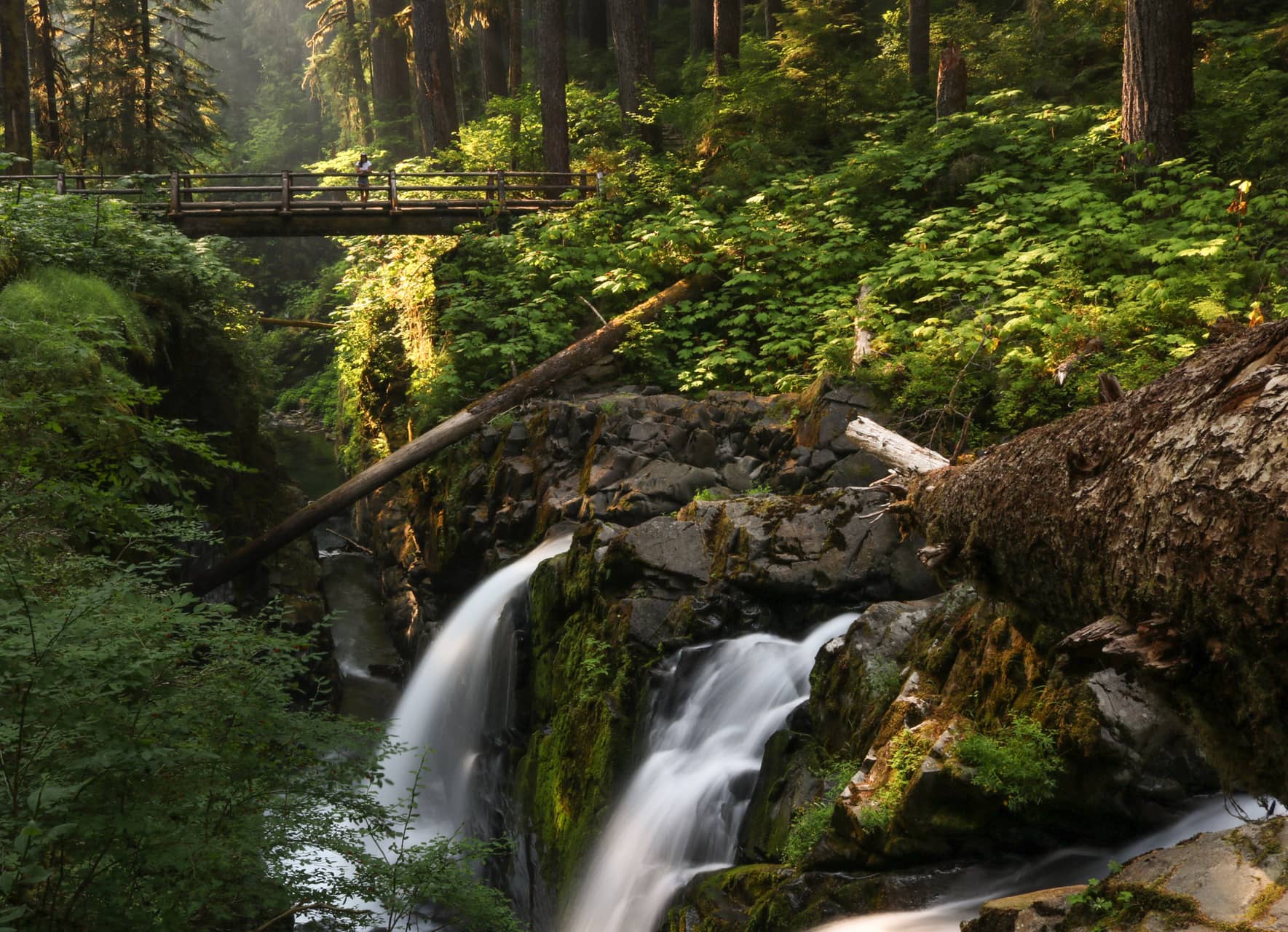
World Heritage Centre description of Olympic National Park:
“Located in the north-west of Washington State, Olympic National Park is renowned for the diversity of its ecosystems. Glacier-clad peaks interspersed with extensive alpine meadows are surrounded by an extensive old growth forest, among which is the best example of intact and protected temperate rainforest in the Pacific Northwest.”
“Eleven major river systems drain the Olympic mountains, offering some of the best habitat for anadromous fish species in the country. The park also includes 100 km [60 miles] of wilderness coastline, the longest undeveloped coast in the contiguous United States, and is rich in native and endemic animal and plant species, including critical populations of the endangered northern spotted owl, marbled murrelet and bull trout.”
Redwood National and State Parks, California

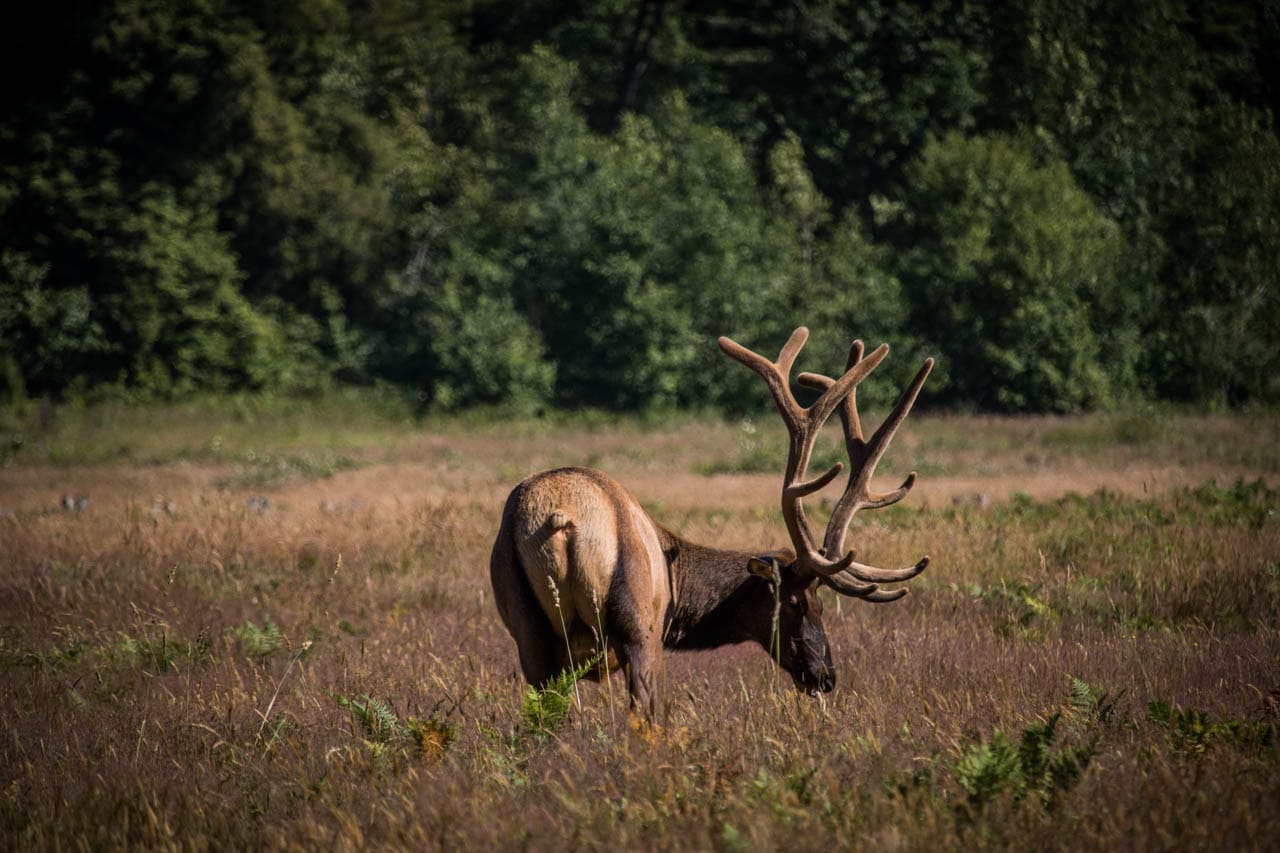
World Heritage Centre description of Redwood National and State Parks:
“Redwood National Park comprises a region of coastal mountains bordering the Pacific Ocean north of San Francisco. It is covered with a magnificent forest of coastal redwood trees, the tallest and most impressive trees in the world. The marine and land life are equally remarkable, in particular the sea lions, the bald eagle and the endangered California brown pelican.”
Wrangell-St. Elias National Park, Alaska
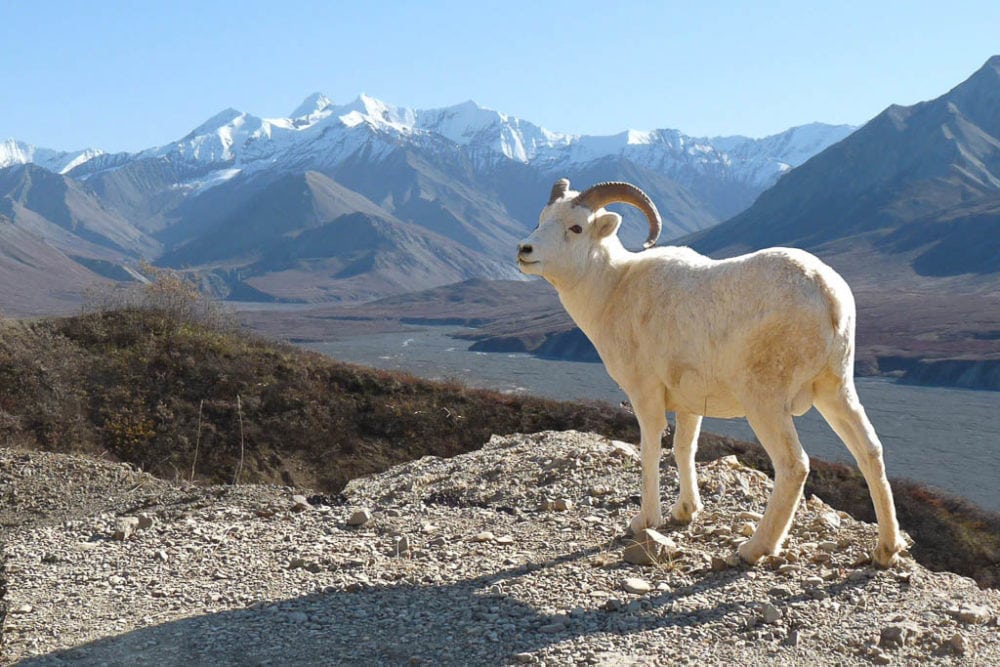
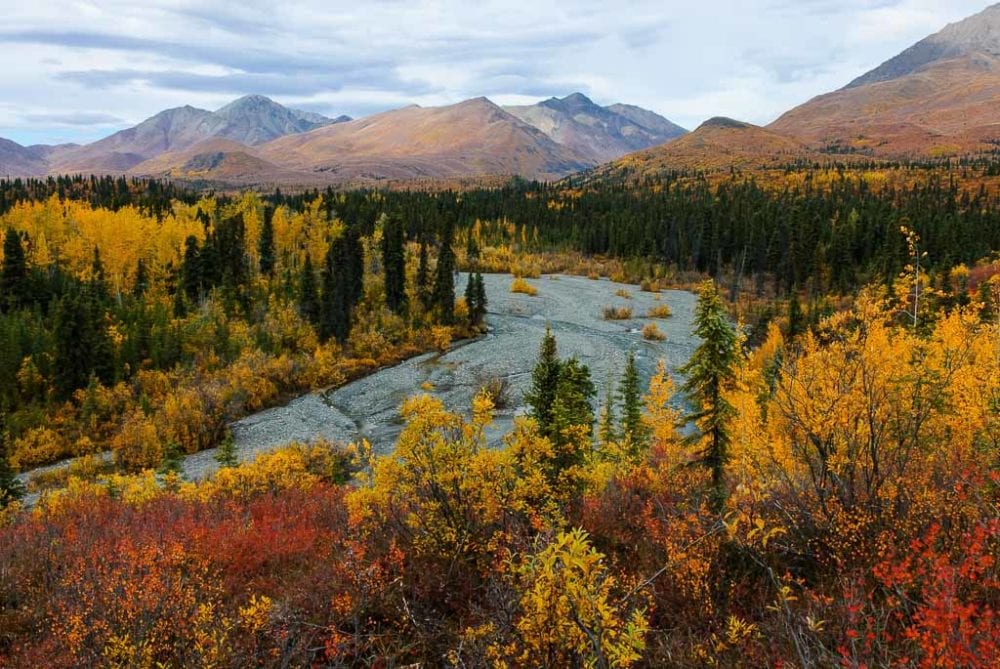
World Heritage Centre description of Kluane / Wrangell-St. Elias / Glacier Bay / Tatshenshini-Alsek:
“These parks [Kluane, Wrangell-St. Elias, Glacier Bay and Tatshenshini-Alsek] comprise an impressive complex of glaciers and high peaks on both sides of the border between Canada (Yukon Territory and British Columbia) and the United States (Alaska). The spectacular natural landscapes are home to many grizzly bears, caribou and Dall’s sheep. The site contains the largest non-polar icefield in the world.”
Yellowstone National Park, Wyoming, Montana and Idaho
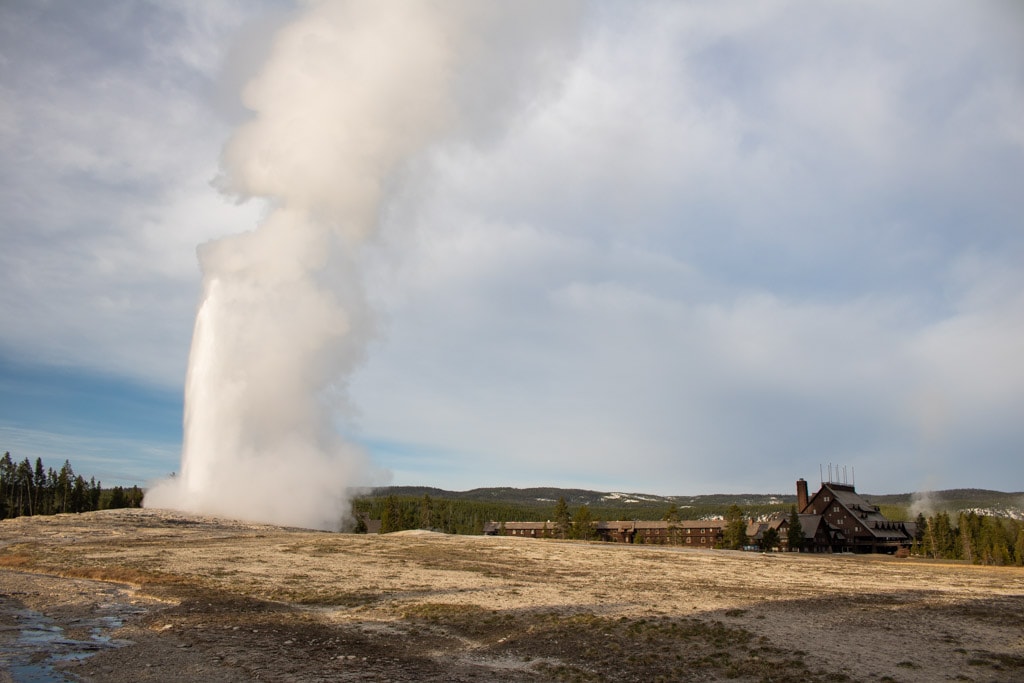
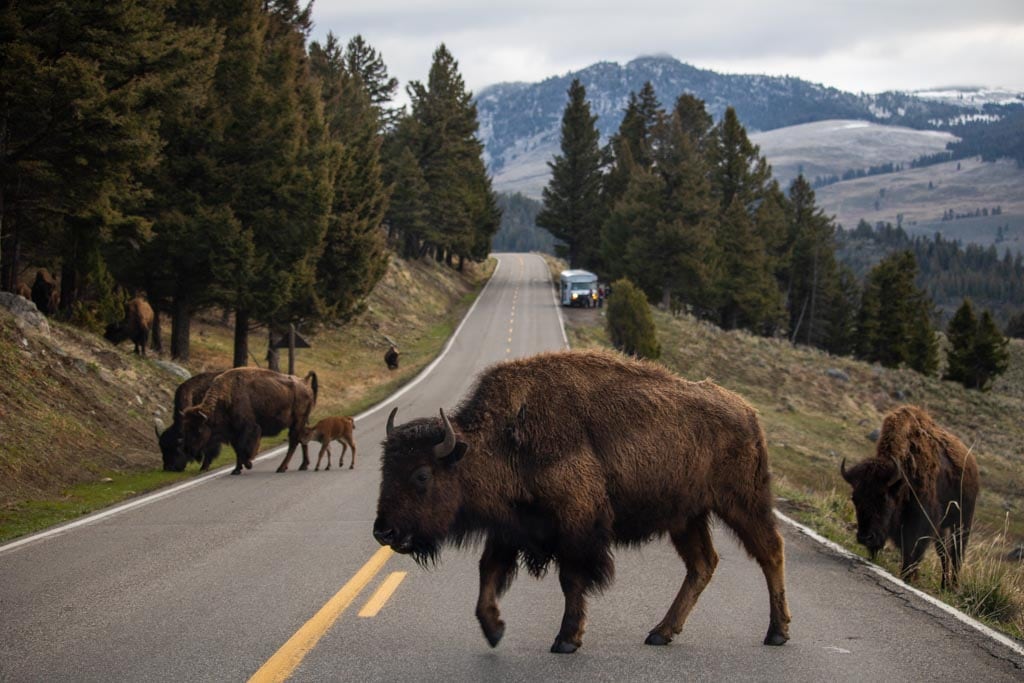
World Heritage Centre description of Yellowstone National Park:
“The vast natural forest of Yellowstone National Park covers nearly 9,000 km2 [3,475 square miles]; 96% of the park lies in Wyoming, 3% in Montana and 1% in Idaho. Yellowstone contains half of all the world’s known geothermal features, with more than 10,000 examples.”
“It also has the world’s largest concentration of geysers (more than 300 geysers, or two thirds of all those on the planet). Established in 1872, Yellowstone is equally known for its wildlife, such as grizzly bears, wolves, bison and wapitis.”
Yosemite National Park, California
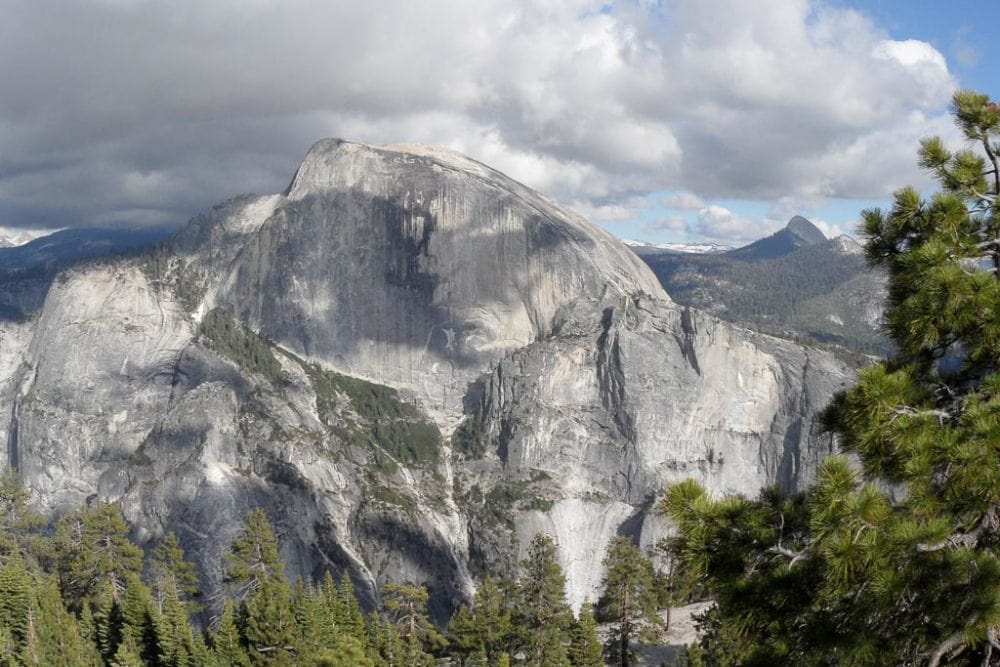
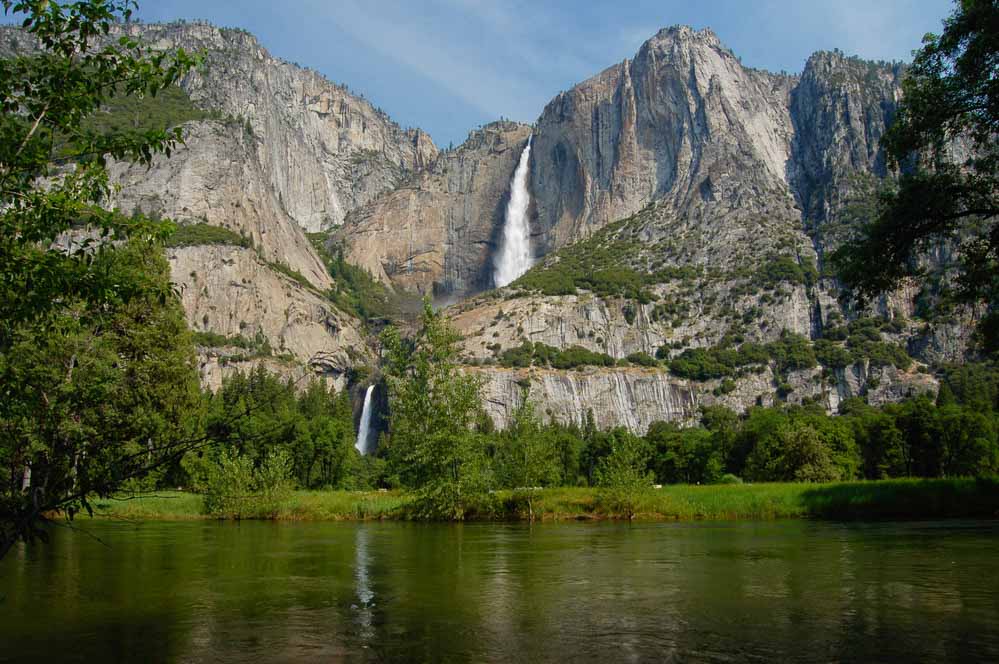
World Heritage Centre description of Yosemite National Park:
“Yosemite National Park lies in the heart of California. With its ‘hanging’ valleys, many waterfalls, cirque lakes, polished domes, moraines and U-shaped valleys, it provides an excellent overview of all kinds of granite relief fashioned by glaciation. At 600–4,000 m [2,000-13,125 feet], a great variety of flora and fauna can also be found here.”
Other National Park Service Sites With UNESCO World Heritage Status
Besides the fourteen national parks that are also UNESCO World Heritage Sites, there are five other National Park Service units with the same status.
- Chaco Culture National Historical Park, New Mexico
- Hopewell Culture National Historical Park, Ohio
- Independence National Historical Park, Pennsylvania
- San Antonio Missions National Historical Park, Texas
- San Juan National Historic Site, Puerto Rico
- Statue of Liberty National Monument, New York

